A planet void of life, terraformed to be a wildlife sanctuary.
Last active 60 minutes ago
Don't wanna be here? Send us removal request.
Text
Rate of Speciation:
Tetrapods:


Invertebrates:
Lifespan: Typically only a few years on average, with a few exceptions
Breeding: Typically hundreds to up to millions of eggs
•••••••••••••••••••••••••••••••
First one million years:
Fastest to evolve 🔥
1.) Invertebrates
Giant terrestrial crabs
Swarming predatory ants
Forest termite
Giant coastal velvet worms
Giant grazing grasshopper
Bird moths
Giant freshwater crustaceans
Giant aquatic mayfly
Large raptorial cephalopods
2.) Fishes
3.) Lizards
Raptorial
Herbivore
4.) Roadrunners
Raptorial
Insectivorous
Frugivore
5.) Rays+Guitarfish
Brackish-fresh water cownose ray
6.) Dolphins
Slowest to evolve ❄️
1 note
·
View note
Text
Epochs of focus:
Genezoic
🏜️ Initicene: 0-10 million years post establishment. 10 my
(Ice at the poles year round)
Highlight: The first million years
End Epoch: 10 million years post establishment
🌋 Cinicene: 11-45 million years post establishment. 34 my
(Warming trend into a mass extinction event)
End Epoch: 45 million years post establishment
Ressureozoic
🌺 Thermocene: 46-65 million years post establishment. 19 my
(Hot house era post mass extinction event)
Highlight: First 2 million years post extinction
End Epoch: 65 million years post establishment
❄️ Cryocene: 66-107 million years post establishment. 41 my
(Cooling trend, minor extinction event leading into a glaciation period)
Highlight: Middle Epoch glaciation and extinction, 86-89 million years post establishment
End Epoch: 107 million years post establishment
🌾 Novocene: 107-125 million years post establishment. 18 my
(Glaciation reduction, ice still at poles year round)
Highlight: Current era, 125 million years post establishment
0 notes
Text
Map 107-125 million years post establishment.
(final epoch of focus)
Continental Climatic trends and Geography:
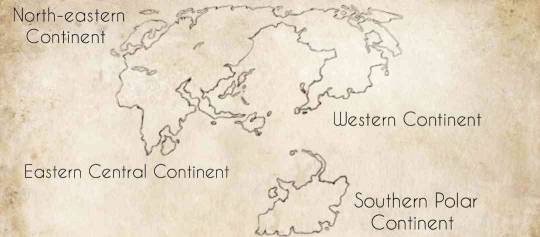
• North-Eastern:

(Tundra with scattered taiga and temperate forests in the north. Central grasslands, savannas and desert shrubland common. Southern peninsula and islands, tropical and forested.)
• Eastern Central:
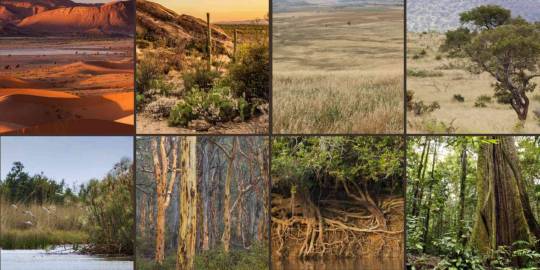
(Desert and xeric shrubland in the northernmost regions, central grasslands and savannas common, dry forests and rainforests common along the coast and further south.)
• Western:
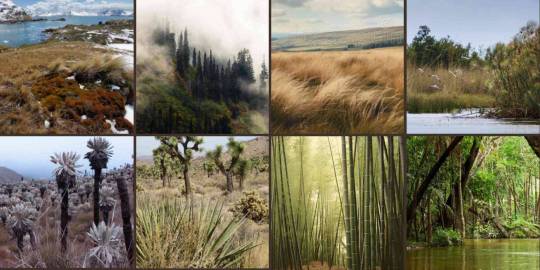
(Tundra, taiga and temperate forests in the northern regions. Grasslands, steppe and shrubland are the most common biomes. Tropical forests present along the southern horn.)
• Southern Polar:

(Tundra and polar grasslands common bordering the coastline, central continental glaciation present.)
Established fauna per biome post seeding (PS):
0-10,000 years PS:
Polar
(Tundra)

Bees
Lepidoptera
Orthoptera
Tardigrades
Nematodes
Grasslands
(Prairies, Savannah, Floodplains, Steppe)
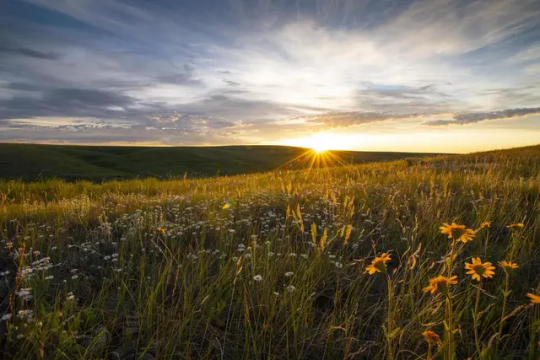
Roadrunners
Lizards
Termites
Ants
Bees
Orthoptera
Lepidoptera
Springtails
Tardigrades
Velvet worms
Gastropods
Annelids
Nematodes
Arid
(Deserts, Shrubland, Badlands)

Roadrunners
Lizards
Termites
Bees
Ants
Lepidoptera
Orthoptera
Tardigrades
Nematodes
Freshwater
(Rivers, Lakes, Swamps, Marshland)
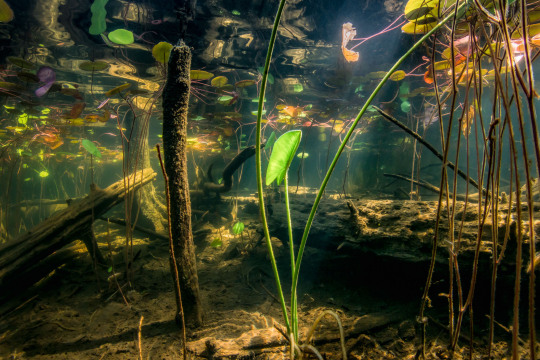
Mayflies
Branchiopoda
Copepods
Amphipods
Decapods
Tardigrades
Bivalves
Gastropods
Annelids
Nematodes
Flatworms
Cnidarians
Coastal
(Coastline, Mangroves, Reefs, Seagrass, Kelp forests)

Batoids
Brachiopods
Bivalves
Gastropods
Cephalopods
Horseshoe crab
Barnacles
Branchiopoda
Copepods
Amphipods
Decapods
Crinoids
Sea stars
Flatworms
Nematodes
Annelids
Cnidarians
Sponges
Open ocean
(Pelagic, Mesopelagic, Ice sheets)
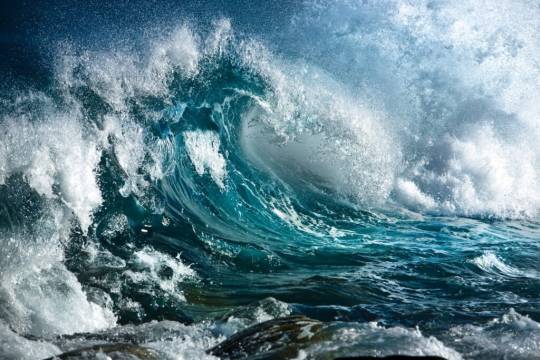
Delphinids
Batoids
Lantern fish
Cephalopods
Gastropods
Copepods
Amphipods
Ostracods
Decapods
Krill
Tunicates
Cnidarians
Deep sea
(Hydrothermal vents, Bathypelagic, Abyssalpelagic)

Lantern fish
Cephalopods
Gastropods
Bivalves
Brachiopods
Copepods
Amphipods
Ostracods
Decapods
Tunicates
Crinoids
Sea stars
Annelids
Nematodes
Cnidarians
Sponges
1 note
·
View note
Text
Established Fauna:
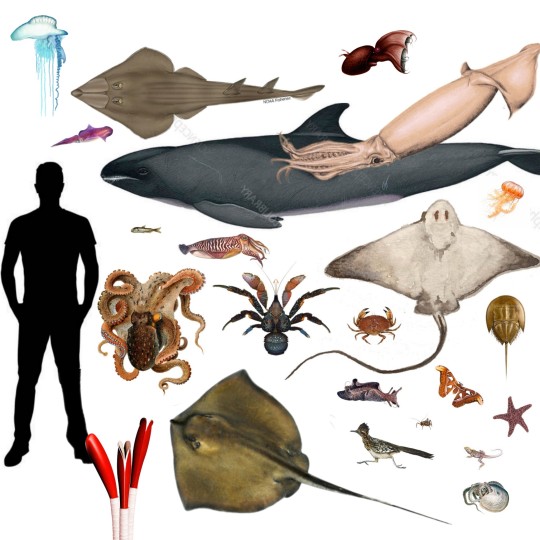
(size chart of notable fauna)
•••••••••••••••••••••••••••••••
🪶 Tetrapods:
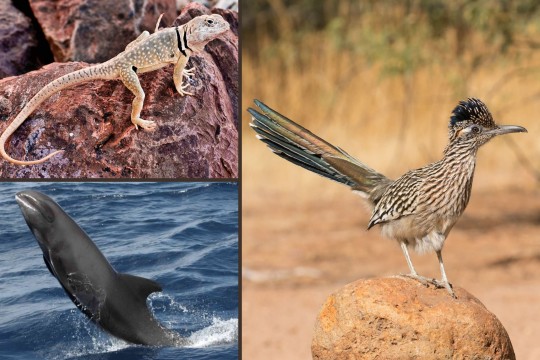
• Melon-headed whale (Peponocephala electra)
• Greater roadrunner (Geococcyx californianus)
• Collard lizards (Genus: Crotaphytus)
🌊 Fish:

• Bat ray (Myliobatis californica)
• Common stingray (Dasyatis pastinaca)
• Cownose ray (Rhinoptera bonasus)
• Common guitarfish (Rhinobatos rhinobatos)
• Lantern fish (Family: Myctophidae)
🐚 Mollusks & Brachiopods:
Breeding: 2-9 pups twice per year
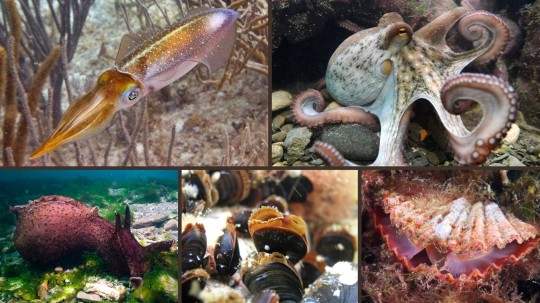
• Brachiopods
• Bivalves (Clams, Oysters, Mussels etc.)
• Gastropods
• Decapodiformes (Squid, Cuttlefish etc.)
• Octopodiformes
🦗 Arthropods:
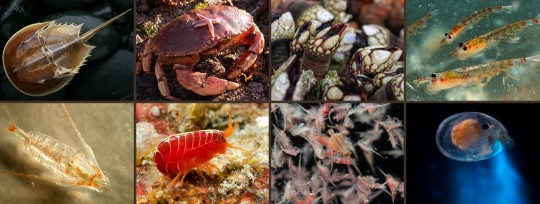
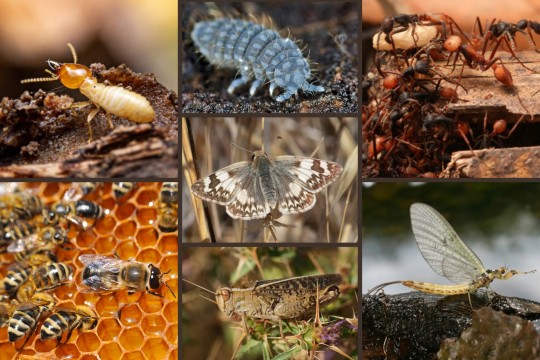
• Horseshoe crabs
• Barnacles
• Copepods
• Amphipods
• Ostracods
• Branchiopoda (Brine shrimp, Triops etc.)
• Decapods (Shrimp, Crabs etc.)
• Krill
• Springtails
• Orthoptera (Crickets, Grasshoppers etc.)
• Lepidoptera (Moths, Butterflies)
• Termites
• Ants
• Bees
• Mayflies
🪸 Other invertebrates:


• Tardigrades
• Onychophora (Velvet worms)
• Tunicates
• Crinoids
• Asteroidea (Sea stars)
• Platyhelminthes (Flat worms)
• Nematodes
• Annelids
• Cnidarians (Jellies, Anemones, Siphonophores etc.)
• Porifera (Sponges)
0 notes









